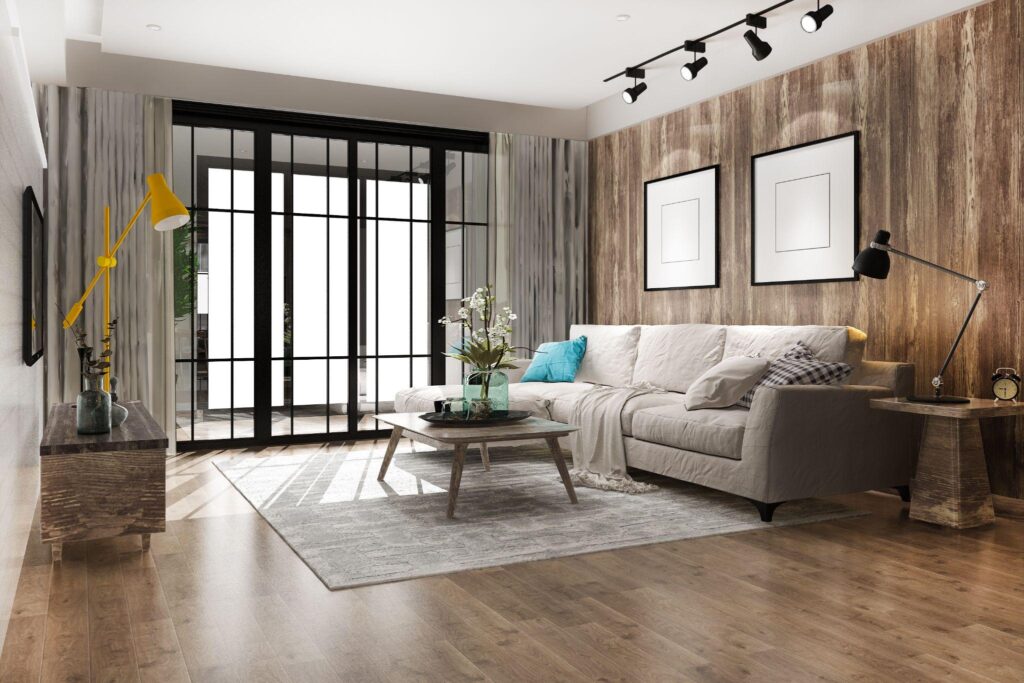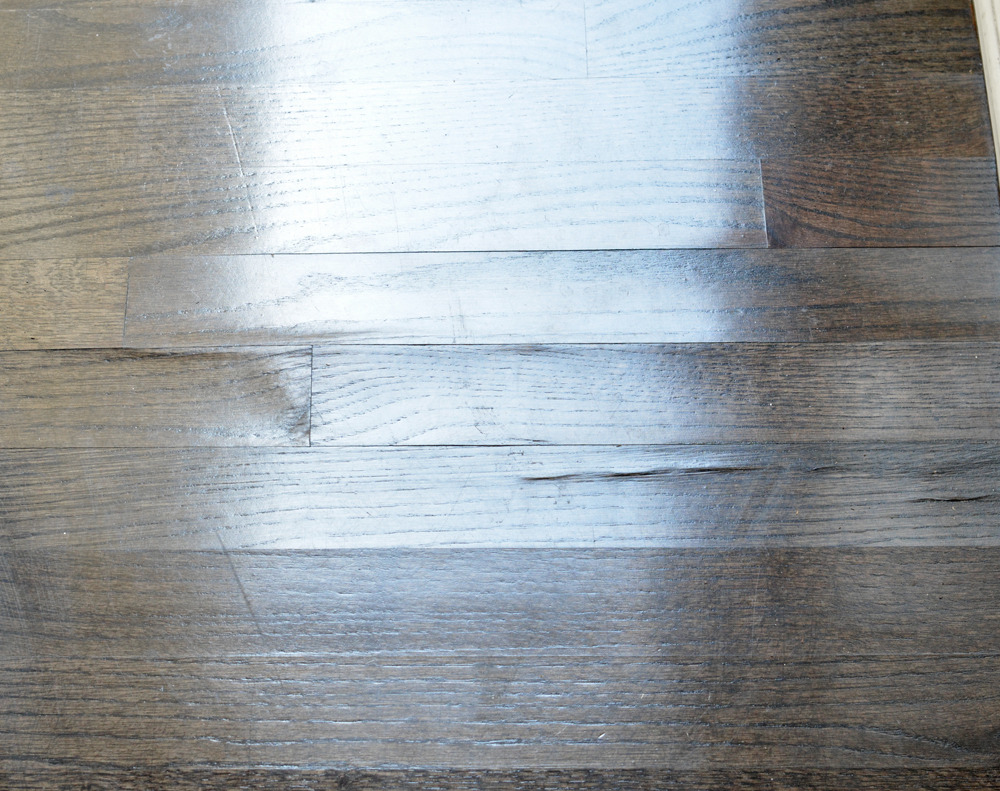
When exploring the realm of hard surface flooring options, it’s easy to become overwhelmed by the variety available. One common choice is between genuine white oak hardwood and engineered wood flooring, with the latter often raising questions about its composition and benefits compared to solid hardwood.
In this article, we’ll delve into the world of engineered wood flooring, focusing on its construction, advantages, style options, and suitability for different spaces.
Engineered wood flooring is crafted using a combination of hardwood and plywood layers, whereas solid hardwood is made from a single, solid piece of wood. The multi-layered construction of engineered wood prevents warping and bowing, which can occur with solid hardwood in moist areas.
Key advantages
Engineered wood flooring includes its durability and high-performance qualities. Due to its construction, it can be installed in most grade levels of a home, including below ground when a protective moisture barrier is used. Additionally, the hardwood veneer in engineered wood flooring offers the same natural beauty and appearance as solid hardwood.
Maintenance and care for engineered hardwood are relatively easy, making it a practical choice for homeowners.
Styles of Engineered Hardwood
Engineered hardwood caters to various styles and preferences. It is available in trendy wood species like hickory, oak, maple, and more. Multiple finishes are offered, ranging from matte to semi-gloss and high-gloss.
To add visual interest, engineered hardwood comes in different surface effects such as hand scraped for a time-worn look, distressed for a slightly rustic appearance, or wire-brushed.
Furthermore, engineered hardwood is an excellent option for homeowners with radiant heating systems in colder climates. However, it’s essential to consult with local flooring experts to ensure compatibility with the heating system.
Thickness and Longevity
Engineered wood flooring typically ranges from .25″ to .75″ in thickness, while solid hardwood is generally .5″ to 1″ thick. The lifespan of engineered hardwood largely depends on factors such as the thickness of the veneer, the quality of flooring used, and proper maintenance. When cared for appropriately, engineered hardwood can last a lifetime.
Installation and Cost
Innovative manufacturing techniques allow engineered hardwood to be installed in various rooms, including basements and bathrooms, as long as extreme moisture issues are avoided, and a protective moisture barrier is used. Moreover, engineered hardwood is usually less expensive than solid hardwood, with prices ranging in Singapore from around $5 to $19 per square foot compared to hardwood’s average of $15 to $45 per square foot.
Scratch Resistance
Engineered hardwood is prone to scratches due to its hardwood top layer, similar to solid hardwood. Homeowners concerned about scratch resistance can opt for engineered hardwood floors with a scratch-resistant top coat. Small scratches on engineered hardwood can be repaired using a wax repair kit or a cotton cloth with rubbing alcohol.
Comparison to Vinyl Flooring
Although engineered hardwood may resemble vinyl flooring, they are distinct products. Engineered hardwood features a top layer of solid wood, while vinyl flooring has a 3D layer coated with a wear layer designed to imitate wood. Additionally, vinyl flooring is typically thinner than engineered hardwood.
Engineered wood flooring presents an attractive and reliable option for homeowners seeking the timeless beauty of hardwood with added versatility and durability. With various styles and affordable pricing of engineered wood offered by Vinyl Flooring Singapore Ltd, it’s an excellent choice for multiple rooms throughout the home.
However, before making a decision, homeowners should carefully consider their specific needs and preferences to determine whether engineered wood flooring is the right fit for their living spaces.


